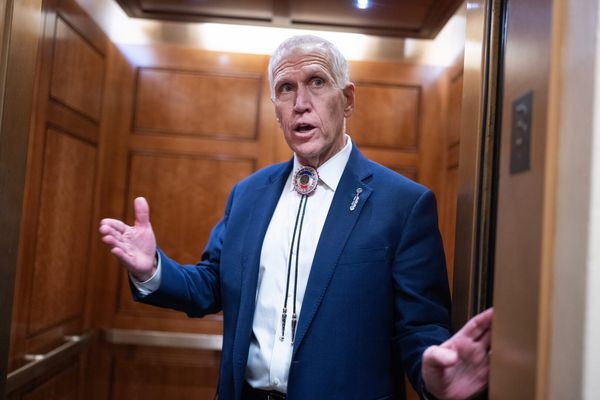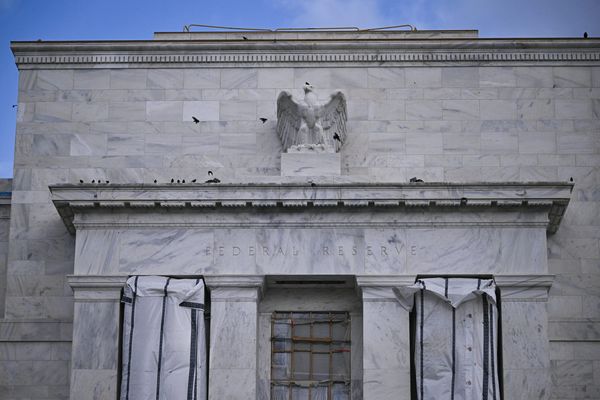For the first time in decades, the forces shaping the world economy look inflationary.
Why it matters: We're seeing a reversal of the economic trends that, pre-pandemic, helped put downward pressure on consumer prices. That might make it more difficult (and possibly more economically painful) to get inflation back down to policymakers’ desired level, and keep it there.
Driving the news: Inflation is below 5%, less than a year after peaking at 9%. That huge decline was the easier phase of the inflation fight: Energy prices plummeted and supply chain bottlenecks ebbed.
- The harder part — the areas of the economy where inflation is more sticky — is still ahead. Former Council of Economic Advisers chair Jason Furman tells Axios that that getting inflation from 5% to 4% will be easier than "4% to 3%, which is easier than 3% to 2%."
- 2%, of course, is the Fed's official inflation target.
Between the lines: Before the pandemic, the Fed (and other central bankers) struggled with the opposite problem — inflation that consistently undershot the 2% target.
- Now, "there are structural forces that will push inflation higher," says Daleep Singh, chief global economist at PGIM Fixed Income and former deputy national security adviser in the Biden administration.
The big picture: Some of those structural forces were limned in a recent slide deck from lobbyist Bruce Mehlman.
- In the labor market, cheap Chinese labor has been replaced with more expensive Chinese labor, as China becomes a middle-income country. Domestically, the baby boomers are retiring and there aren't enough Zoomers to replace them.
- Technology has for decades been a strong deflationary force — but increasing regulation and data localization are changing that.
- Trade is moving from outsourcing and globalization to more expensive supply chains confined to friendly countries. Corporate strategy is becoming more redundant and resilient, which means higher fixed expenses.
What they're saying: "Globalization has been a key driver of past goods deflation in the United States," San Francisco Fed president Mary Daly said in a speech earlier this year.
- "A trend toward less global competition could mean more inflation in the goods sector and more pressure on overall inflation going forward."
Another factor: Transitioning to a greener economy will require firms and governments to spend huge sums of money on infrastructure and technology. More spending — especially when there's a "buy American" policy in place — tends to be inflationary.
- An aggressive transition away from fossil fuels also raises the possibility — even the necessity — that the total global energy supply will be smaller than aggregate demand for a period of years.
- "The most important thing we can do to mitigate the damage is to start preparing for these transitions now," Matt Klein wrote for Vox this week. "Waiting until we have no choice risks more upheaval — and more inflation."
- “The longer these investments are postponed, the costlier they’ll be because if we’re forced to make them in a hurry, supply and demand will be out of whack."
But, but, but: Not everyone agrees on the impact of these forces. Furman tells Axios: "Globalization, technology, demography had little to do with why inflation was low before the pandemic and have little to do with why it is high now. Ultimately, central banks and monetary policy can pick the inflation rate they want.”
- Meanwhile, Minneapolis Fed president Neel Kashkari said this week that after the current inflationary period, the economy will look much like it did pre-pandemic, with "low inflation, low interest rates, modest wage growth, decent economic growth."
The bottom line: "It is our job to make sure inflation is low and stable. We can do that even in a world with deglobalization or friendshoring," New York Fed president John Williams said this week at the Economic Club of New York.
- "It does change maybe what interest rate it takes to achieve that low inflation," Williams added.







